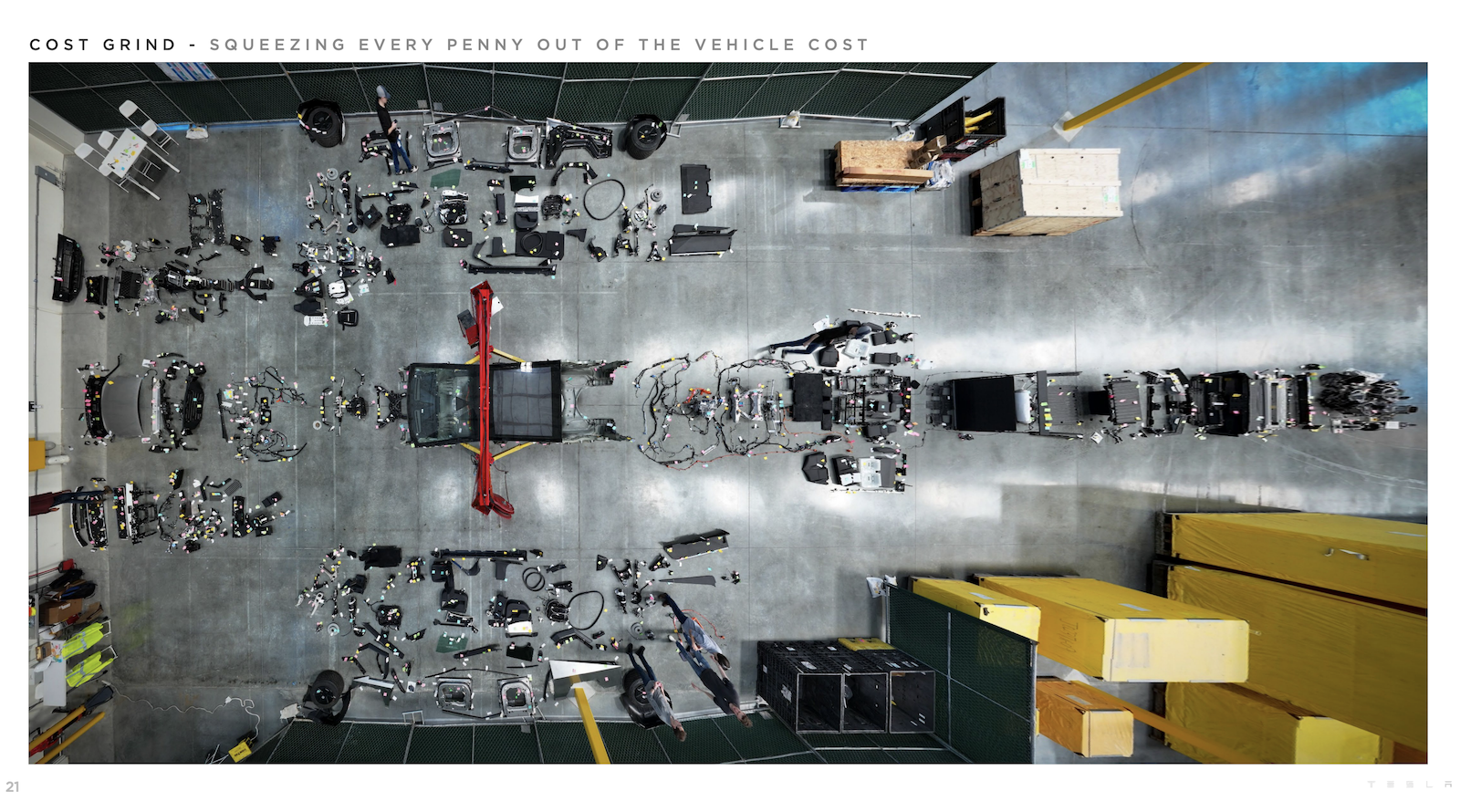Support CleanTechnica’s work through a Substack subscription or on Stripe.
This story isn’t written from onsite coverage or from a press release. It comes from the official YouTube channel of the company, which found its way into my YouTube feed. And it’s fascinating. Though I knew about the e-series and Ducati’s rigorous R&D in the one-make race, I couldn’t catch up with the coverage, and it is only now, after Zach’s article on EV sales (and the embarrassment in the mainland), that I decided to pursue looking at what is happening with electric motorcycles, starting with racing.
There are endings, and then there are endings that leave you breathless.
The 2025 FIM MotoE World Championship belongs firmly in the latter category — a season where Ducati’s V21L prototype didn’t just dominate, it redefined what electric racing could be. Eighteen riders across 9 teams have been pushing these machines beyond their limits all season, and the results speak louder than any engine ever could.
At 216 kilograms of pure technological fury, the V21L has been rewriting the record books at every circuit. These aren’t just fast electric bikes anymore — they’re legitimate threats to traditional racing, posting times that make Moto3 riders sit up and take notice. The irony is almost painful: just as electric racing hits its stride, the series is taking what officials diplomatically call an “indefinite hiatus.”
Misano: Where championships shatter and reform
The penultimate round at Misano delivered the kind of drama that racing fans live for. September 13th will be remembered as the day the championship fight exploded into beautiful chaos.
Race 1 belonged to Alessandro Zaccone, but the real story unfolded behind him. Championship frontrunners Mattia Casadei and Lorenzo Baldassarri, who had been locked in a season-long battle, suddenly found themselves outside the points-paying positions. In one devastating afternoon, Zaccone didn’t just win — he seized the championship lead with the kind of opportunistic brilliance that defines great racers.
Race 2 cranked the intensity even higher. Matteo Ferrari found himself leading a pack of hungry riders through Misano’s sweeping corners, with Eric Granado breathing down his neck and the championship contenders clawing their way back through the field. The last lap delivered everything electric racing promised: wheel-to-wheel battles, strategic overtakes, and the kind of split-second decision-making that separates champions from also-rans. When the checkered flag fell, the championship fight remained beautifully unsettled — everything would be decided at the final round in Portugal.
The machine that changed everything
The V21L isn’t just fast — it’s a masterclass in focused engineering. Ducati’s decision to upgrade the battery cells to higher energy density 5 Ah units created a domino effect of improvements. Fewer cells meant 8.2 kilograms less weight in the battery pack alone, dropping the total machine weight from 225 kg to just over 216 kg.
But the real genius lies in the details. Corner-specific traction control allows riders to fine-tune power delivery for individual turns. The four-millimeter wheelbase extension and height-adjustable swingarm pivot transformed handling characteristics. These weren’t just incremental improvements — they were the kind of breakthrough refinements that create new performance benchmarks.
The proof lives in the lap times. Circuits that once belonged exclusively to combustion engines now host electric machines that challenge established hierarchies. The V21L hasn’t just closed the performance gap — in many cases, it’s eliminated it entirely.
The future that almost was
Perhaps the most tantalizing glimpse into what might have been sits in Ducati’s development labs: a V21L prototype equipped with QuantumScape solid-state batteries. Developed in collaboration with Volkswagen Group’s PowerCo and Audi, this machine represents the next evolutionary leap. With energy density reaching 844 Wh/L and charging capabilities that deliver 10–80% capacity in just over 12 minutes, it’s the kind of technology that could reshape not just racing, but transportation itself.
The bitter irony isn’t lost on anyone paying attention. Just as electric racing reaches technological maturity — with machines that can genuinely challenge traditional motorsport — the series faces an indefinite pause. Officials cite insufficient fan engagement and slower-than-expected market growth, but the performance data tells a different story entirely.
After the final race at the Portuguese Grand Prix in November, these incredible machines will fall silent.
But their legacy is already being written in lap times, championship battles, and the knowledge that electric racing isn’t the future anymore — for one brief, brilliant moment, it was the present. Whatever happens at Portimão, it will be the perfect punctuation mark on an extraordinary chapter in motorsport history.

Sign up for CleanTechnica’s Weekly Substack for Zach and Scott’s in-depth analyses and high level summaries, sign up for our daily newsletter, and follow us on Google News!
Have a tip for CleanTechnica? Want to advertise? Want to suggest a guest for our CleanTech Talk podcast? Contact us here.
Sign up for our daily newsletter for 15 new cleantech stories a day. Or sign up for our weekly one on top stories of the week if daily is too frequent.
CleanTechnica uses affiliate links. See our policy here.
CleanTechnica’s Comment Policy



.jpg)
